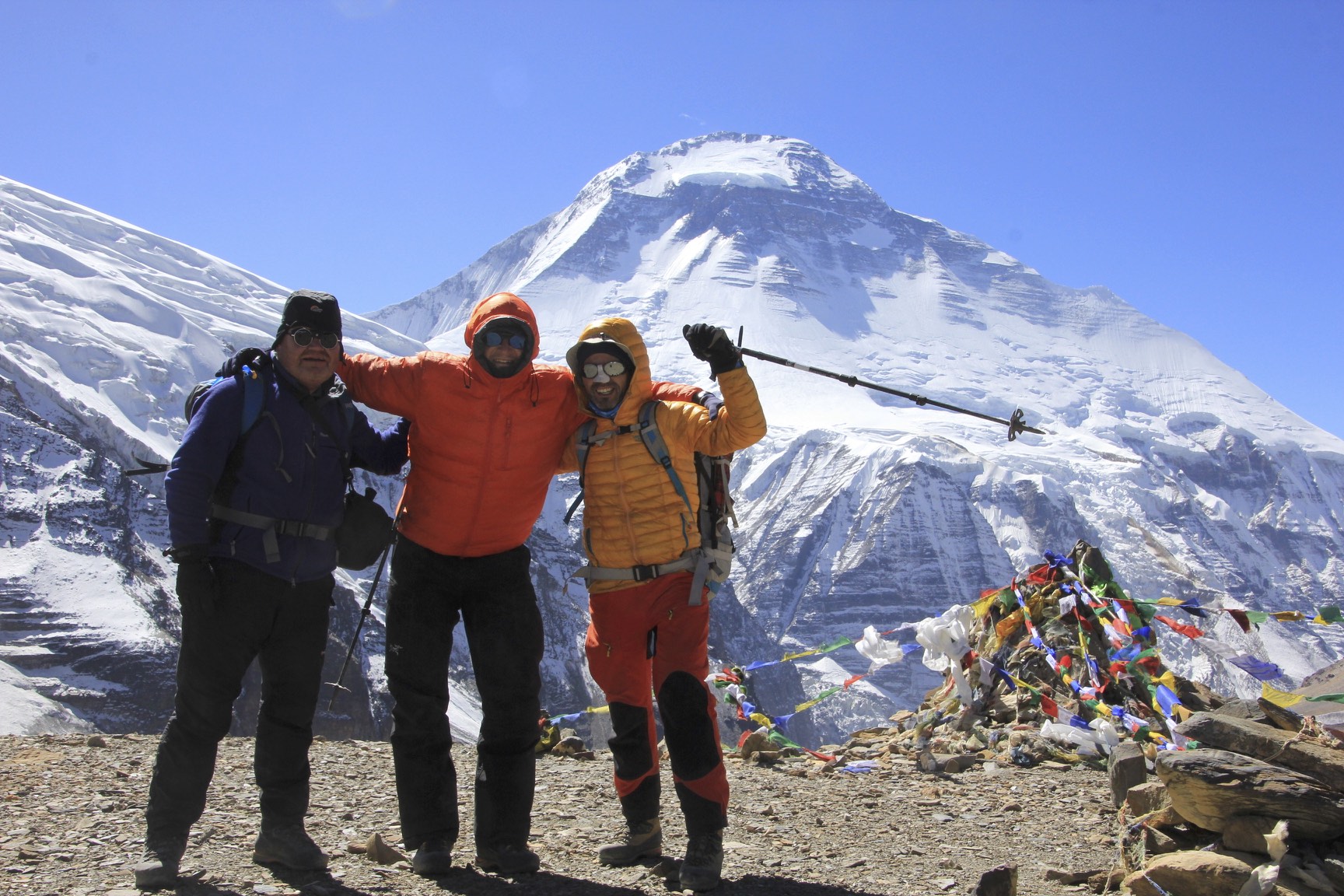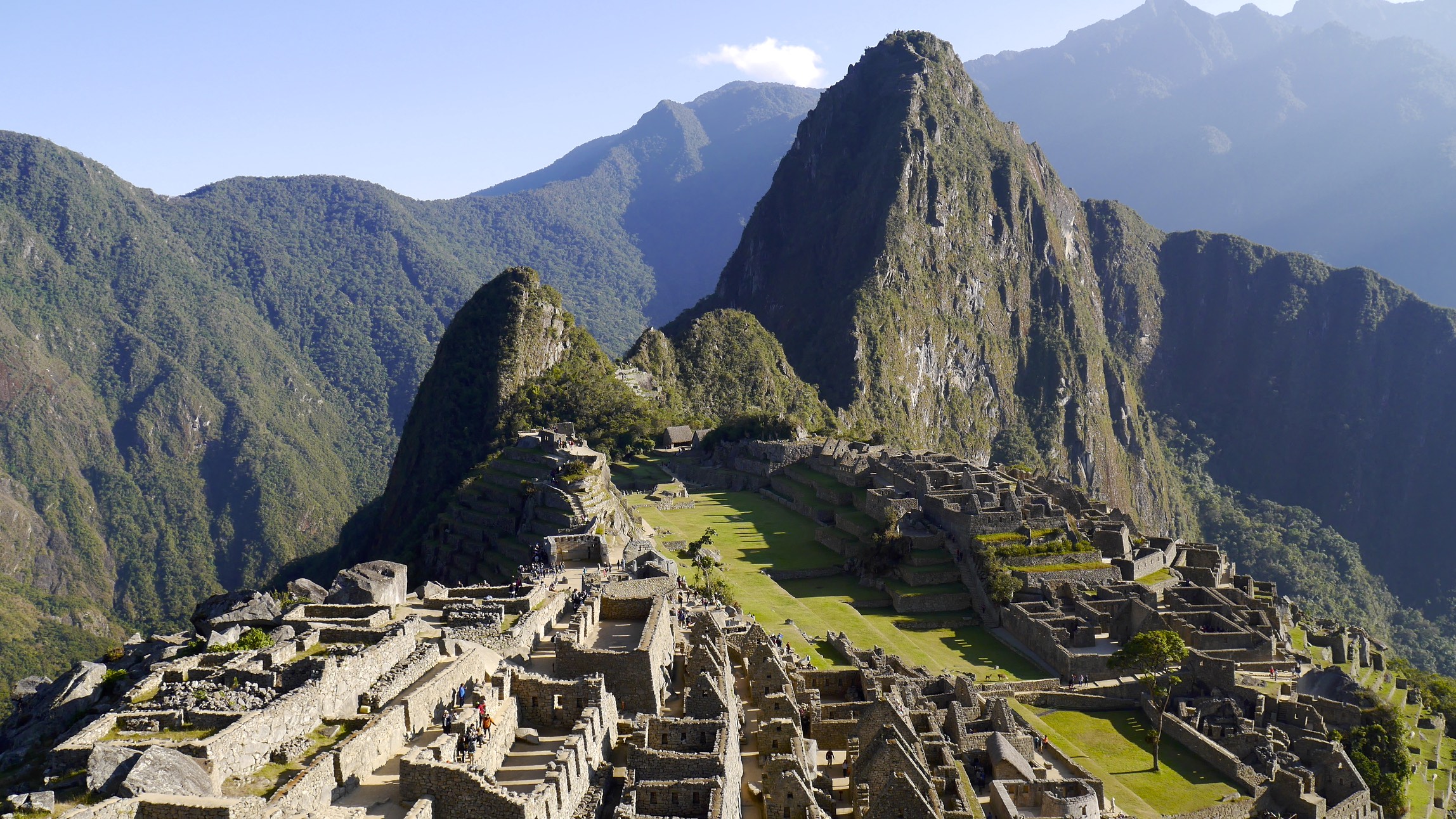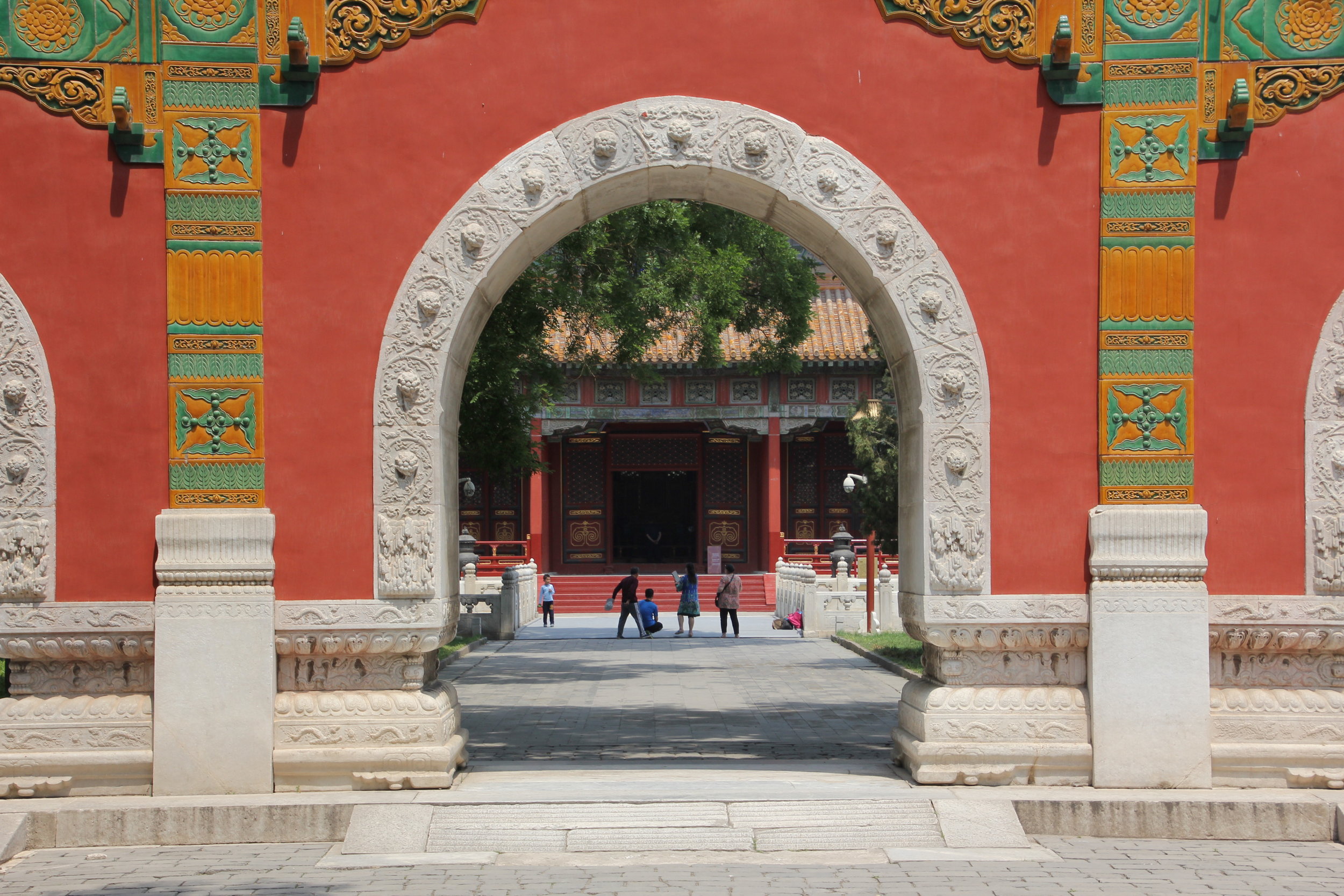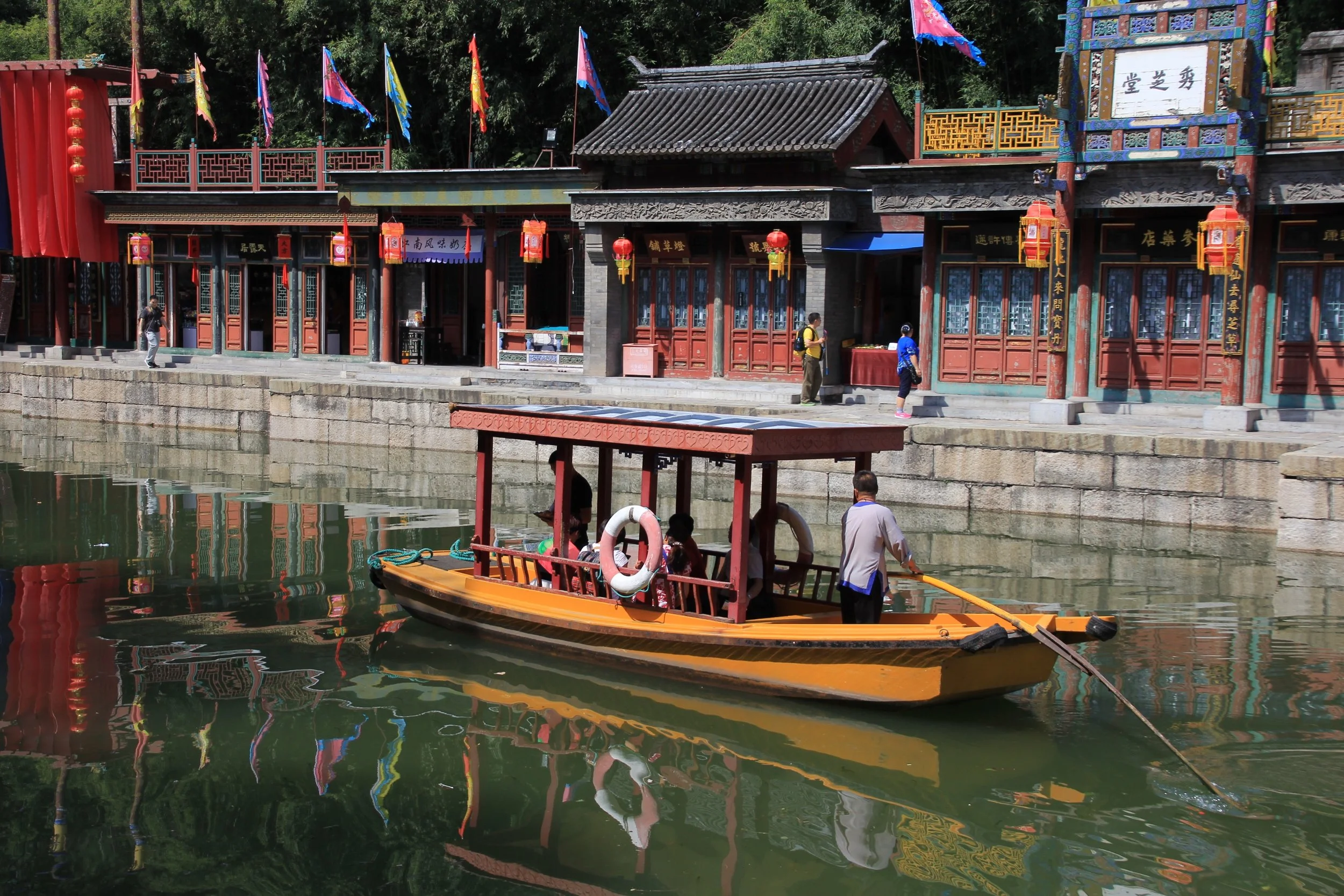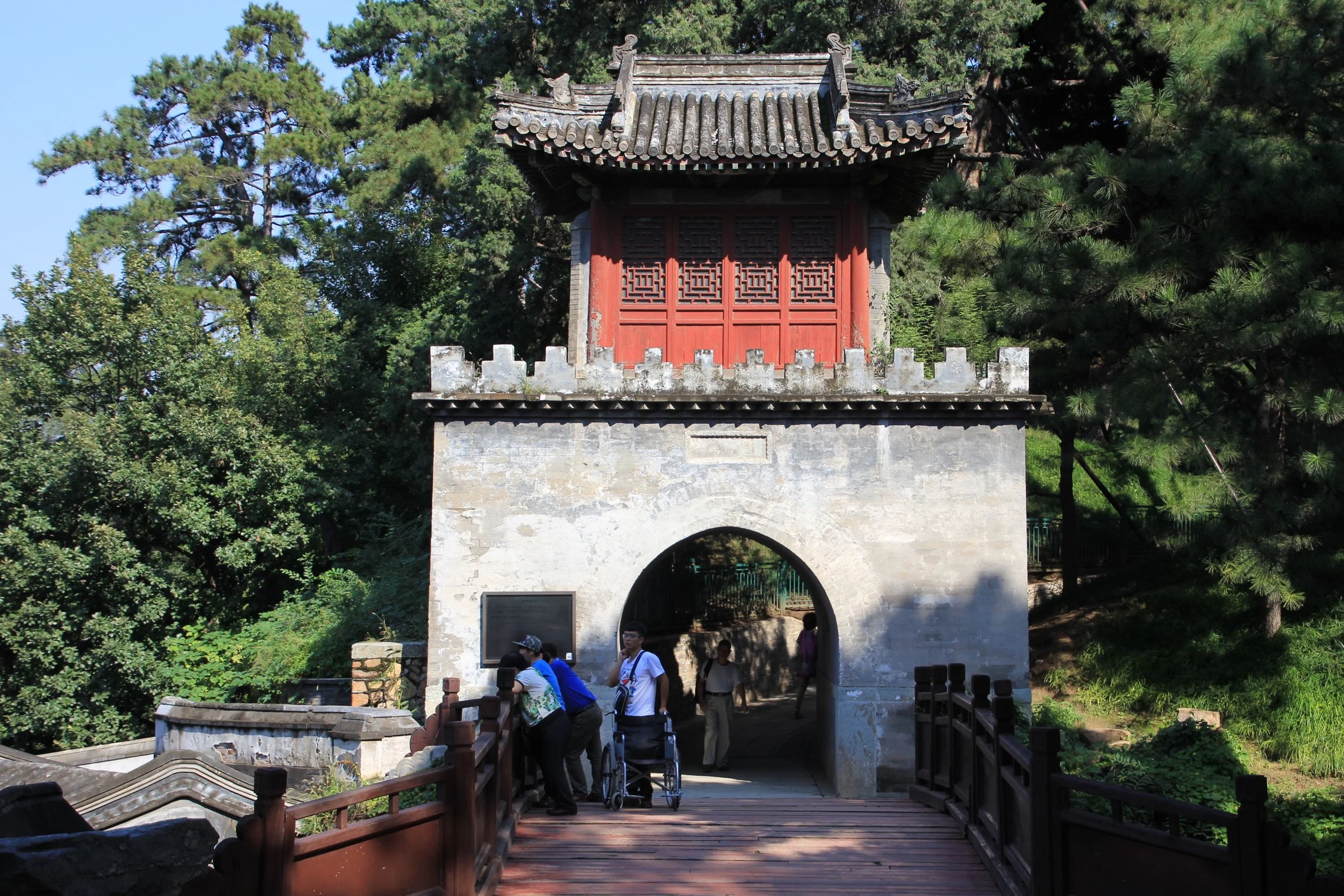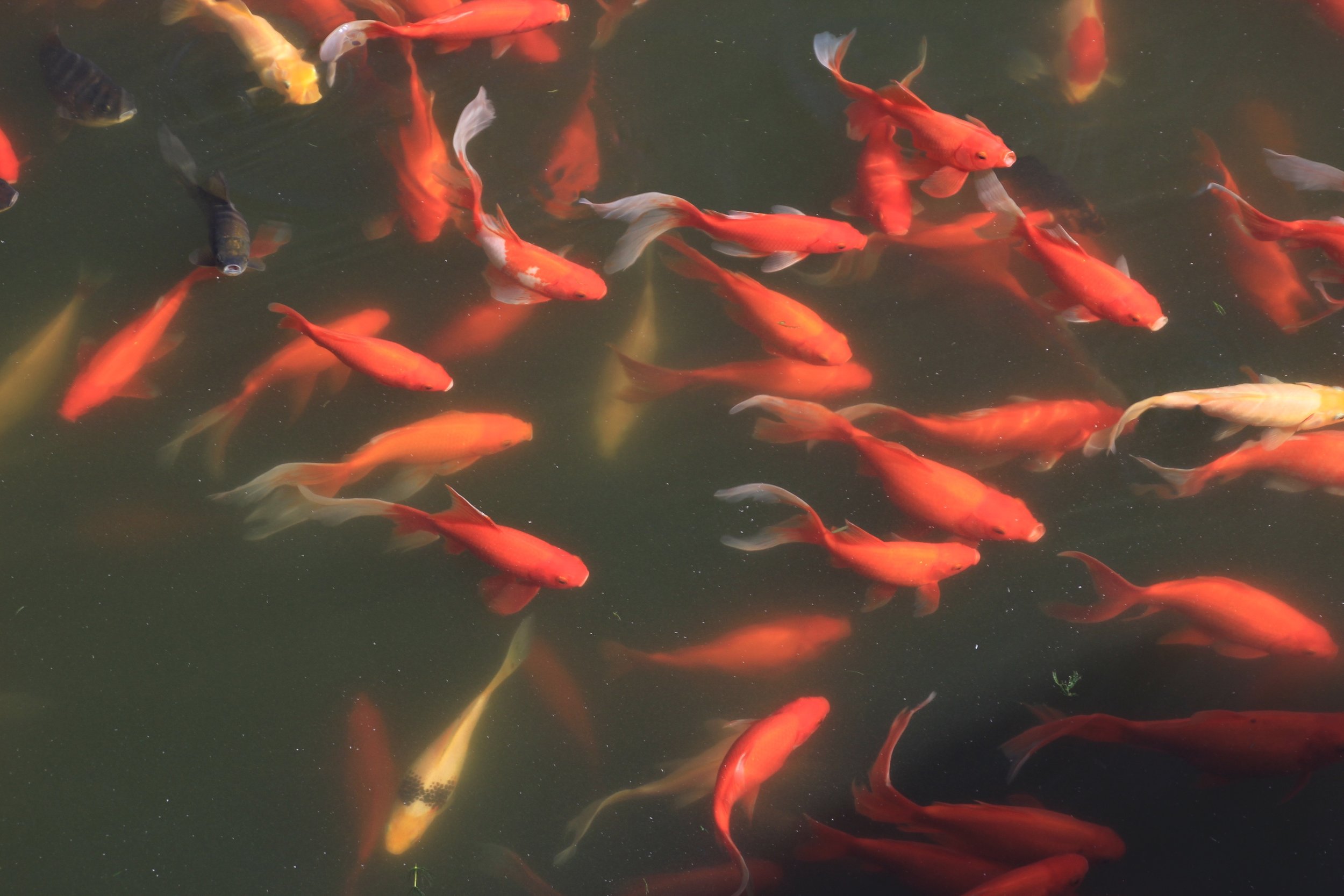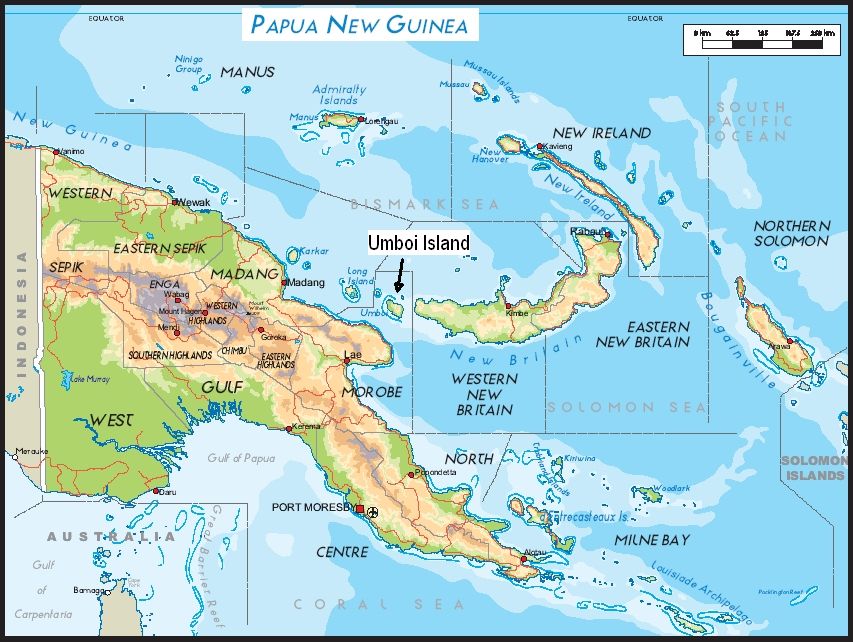Thanks to Kumar and Rajendra from www.mountainsunvalley.com who made this adventure a great success!
See the link for annotated photos of the Annapurna Himal
Annapurna from space. The South Annapurna BC is on the right side of the photo. Frozen Tilicho Lake is at the top centre of the photo.
The entire Annapurna Range from the south
On the way to the start of the trek we passed under the Dhaulagiri east wall and east icefall. Notice the cave dwelling - reminiscent of Mustang.
Dhaulagiri
Dhaulagiri
Start of our walk from Trisulli Bazar
Going places!
Dhaulagiri at sunrise
Dhaulagiri
Dhaulagiri II
Annapurna South
Annapurna South
The Fang
Annapurna South
As we climbed out of the Kali Gandaki gorge, the spectacular panorama of Dhaulagiri and Annapurna ranges unfolded before us.
The sunrise over the eastern hills of Nepal
A book about Alex Macintyre who died on Annapurna I (great book by the way)
En route to Annapurna BC - Siduwa Teahouse, nice people and good food. Most importantly it serves cold beer.
Typical accommodations along the trail. No stars but no tent either :-)
The trail to the Annapurna BC follows a deep gorge with spectacular waterfalls all around. This is the lower wall of Machapuchare.
Lower flank of Hinchuli, the site of a deadly avalanche in 2019 which killed 3 people.
Hinchuli - the south east flank
The last teahouse before the ABC. from here to ABC is only a 3 hour walk.
Machapuchare
Machapuchare
Machapuchare
Annapurna South
Annapurna I in all its splendour - 10,000ft of steep wall
Looking down the Annapurna Glacier. The pointy peak on the right is Machapuchare.
Annapurna BC, the actual climbing BC is at the foot of the mountain - another day’s walk from here.
Annapurna I and the Annapurna Glacier
Annapurna South
The icefall of Annapurna South and Himalchuli
Annapurna 3
Annapurna 3
The Fang
One of the memorial plates at the ABC. Another sad story so common in these high mountains.
Prayer flags
The Heliport at the Annapurna BC. Due to recent changes and restrictions by the Gov, tourist flights to the ABC are no longer allowed.
Look what I found! Among flags from all over the world.
The elevation of the Annapurna BC
It was great to do this trek with Kumar - we shared so many adventures
Annapurna I
Machapuchare
Annapurna I at sunrise
Our ride! The helicopter brings people from Pokhara for a short stay at the ABC. We managed to get a ride around the glaciers and then down to Pokhara for a very good price (it was impossible to say no :-)).
Hiunchuli
Hiunchuli
Annapurna South from the helicopter. On the far right is the Fang.
Himalchuli and the icefall - what a different perspective!
Annapurna 1
The Roc Noir. Gangapurna is on the far right. See the Mesocanto La Trip photos for the photos of these peaks from the other side! They do look very different.
Gangapurna - the triangular peak at the top of the photo
Gangapurna - this peak is very prominent from the Annapurna Circuit trail
Annapurna III - the mountains on the horizon are on the border of Nepal and Tibet (China). Apparently the ridge visible in the photo on Annapurna III has not been climbed.
Machapuchare
Machapuchare
The north face of Machapuchare - absolutely spectacular from the helicopter at the altitude of almost 6,000m. This mountain looks awesome from all sides.
Annapurna II - almost 8,000m high
Annapurna 4 and Annapurna 2
Lamjung
Pokhara Airport
Machapuchare from Pokhara. Pokhara is a beautiful city and very different from the capital of Nepal.
A few photos of the Annapurna Range from the KTM-DOH flight:
The flight over the Himalaya is always exciting! The mountains look different from 36,000ft. It is also fun to see the valleys and trails from above. The perspective is totally different as it is hard to see the lay of the land while trekking when the giants are towering above you!
Annapurna 2
Annapurna 2 (left) and Lamjung Himal (right)
Annapurna 4 (the pointy peak) and Annapurna 2 on the right
Annapurna 1 and the Annapurna Sanctuary
Annapurna 1
Gangapurna and Annapurna 3 (right)
Hiunchuli. Behind is Rock Noir and Gangapurna (on the right). The Annapurna BC is directly behind Hiunchuli.
Annapurna 3 and Machapuchare. We flew in the helicopter between the Annapurna 3 and Machapuchare at the altitude of 6,000m.
Annapurna 3 and Machapuchare
The Fang and Annapurna 1
The Fang and Annapurna 1
Annapurna 1, The Fang and Annapurna South
Nirgili Peak (left), The Fang, Annapurna 1 and Annapurna South
Nilgiri South (6,839m), Nilgiri Central (6,940m) and Nilgiri North (7,061m), The Fang and Annapurna 1. The “flat” land on the left is Mustang. The Annapurna North West face (the route of first ascent) is accessed from the valley between Nilgiri North and Annapurna. The valley on the extreme left is Kalli Gandaki - the deepest gorge in the world between the massifs of Annapurna and Dhaulagiri.


























































































































































































































































